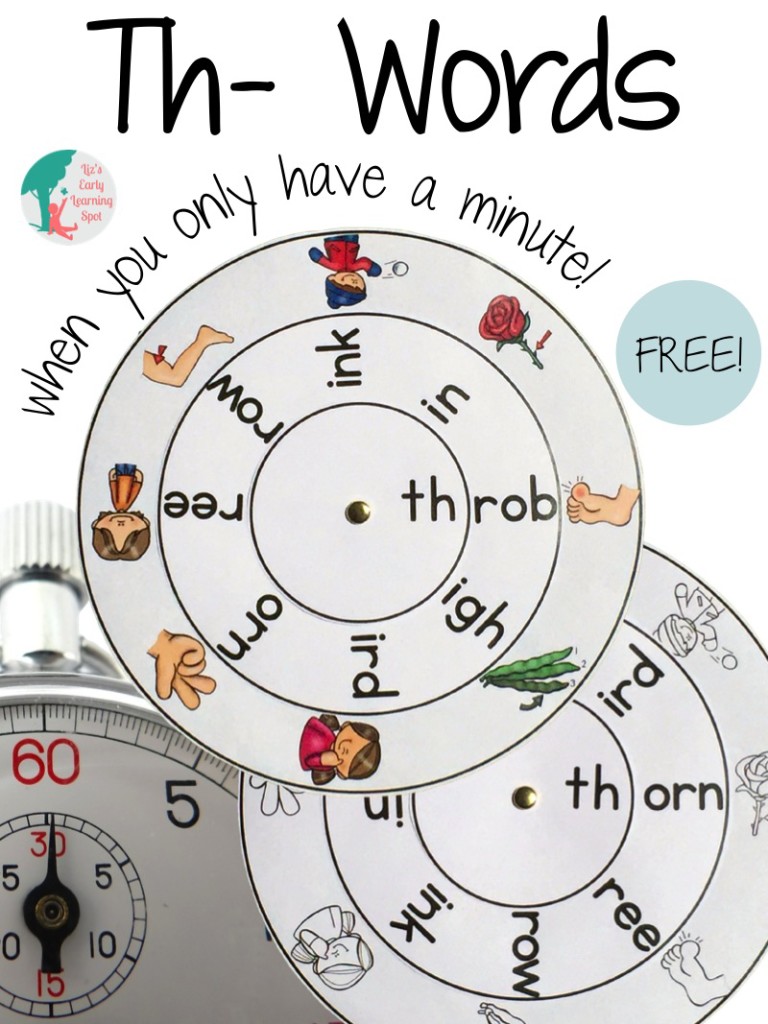RF.1.3.Aii: Know the Spellings for the Common Consonant Digraphs (/sh/, /ch/, voiced and unvoiced /th/, /f/ spelled ph, /ng/)
Skill
RF.1.3.Aii: Know the Spellings for the Common Consonant Digraphs (/sh/, /ch/, voiced and unvoiced /th/, /f/ spelled ph, /ng/)
Standard
CCSS.ELA-LITERACY.RF.1.3.A: Know the spelling-sound correspondences for common consonant digraphs.
Description
Mastery: Student is able to spell words containing consonant digraphs.
Acquiring: Student is able to spell words containing consonant digraphs with the aid of a teacher or when referring to a sound/spelling card. Student is able to spell most voiced consonant digraphs, but may have a harder time with unvoiced digraphs. Student may be better able to spell consonant digraphs at the beginning of the word and have more difficulty when it comes at the end of the word.
Probes
T: Spell these words: ship, chat, patch, thin, thus, them, graph, cough, rung, phone (only count errors on digraphs – ignore variant or long vowel pattern errors, e.g. cough & phone).
Activities and Resources
Small Group Instruction – Direct Instruction
During Transitions
Reinforce Skills/Independent Work Time – Independent/Small Group Center Activity
- Phonics Monsters
- P.038 Digraph Delight
- Shamrock Sorting with Digraphs SH and CH
- Beginning and Ending Digraph Clip Cards
- Digraph Sorting Picture Cards (for Beginning and Ending)
- Cut and Paste Digraph Sorts
Display (e.g. Anchor Chart):
Considerations & Reminders
- The spelling of words does not need to be administered as if it is a test. Teachers can use this time for dictation and to support students in explaining spelling rules and patterns. Having sound/spelling letter and letter combinations posted can serve as a point of reference for spelling development.
- Be careful to differentiate between consonant blends (two letters that keep both of their individual sounds even when combined) and digraphs (two letters that make one new sound).




